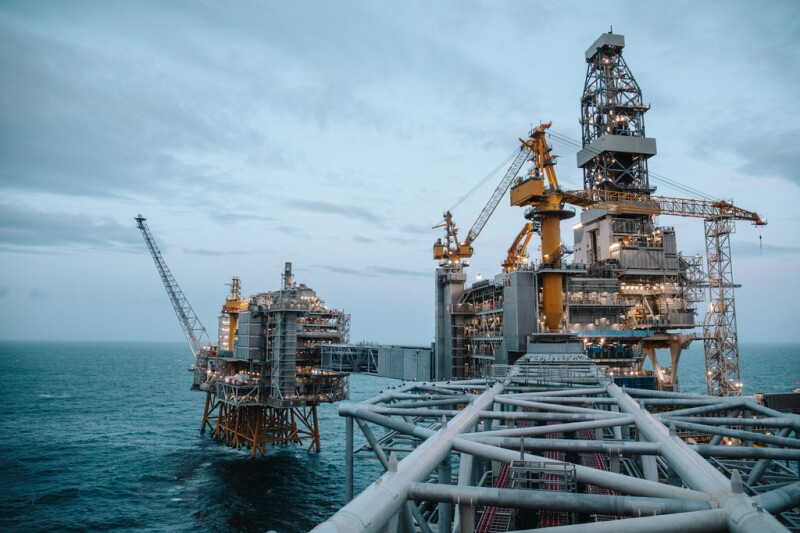Equinor is operator and owner with 42.6% interest in the field, while Lundin Energy Norway owns 20%, Petoro 17.36%, Aker BP 11.5733%, and Total 8.44%.
Equinor has announced that its Johan Sverdrup field will increase its daily production capacity up to 535,000 B/D by mid-2021.
This is the field’s third capacity increase, around 100,000 B/D more than the original basis, since it came on stream in October 2019 at a capacity of 130 million B/D. Initial plateau production on startup was 440,000 B/D.
Phase 2 of the development was approved in 2019 and is expected to start production in Q4 2022. It Includes development of another processing platform (P2), modifications of the riser platform and the field center, five subsea templates, in addition to the power-from-shore supply to the Utsira High.
At plateau in phase 2, the field will produce 690,000 B/D; full-field plateau production capacity is expected to rise to 720,000 B/D and will constitute 25% of all Norwegian petroleum production. It is the third-largest oil field on the NCS with recoverable resources of 2.7 billion BOE.
Equinor’s goal is to achieve a recovery factor of more than 70%.
The capacity increase to 535,000 B/D depends on water injection, which is planned for this year.
“This increase is possible because the field production has been very good and stable from day one, and the wells have produced even better than expected,” said Rune Nedregaard, vice president for Johan Sverdrup operations.
With electric power supplied from shore, Johan Sverdrup operations can be run without the use of fossil fuels, which makes it one of the most carbon-efficient fields worldwide. In 2020, one barrel of oil emitted less than 0.2 kg CO2,, almost 100 times lower than the global average of 18 kg CO2.
Every year, electrification of the field reduces CO2 emissions by the equivalent of 310,000 cars. Over the life of the field, emissions are estimated at less than 0.7 kg CO2/bbl.
Equinor said the breakeven price for production is below $20/bbl for the full-field development, and expected operating costs are below $2/bbl.
In 2022, the field will also distribute power to other platforms at Utsira High, including Edvard Grieg, Ivar Aasen, and Gina Krog.

